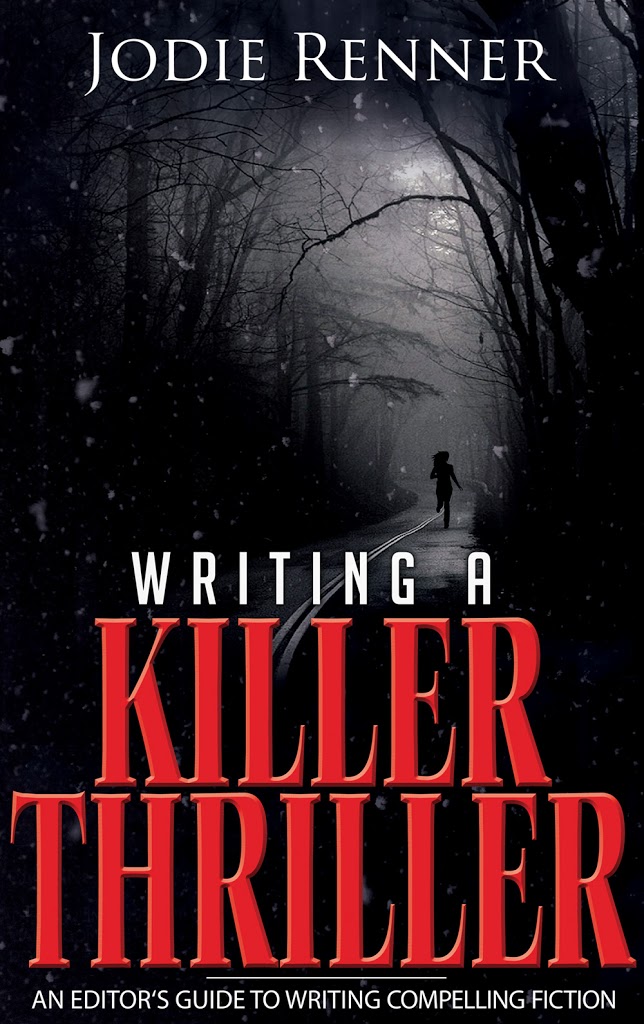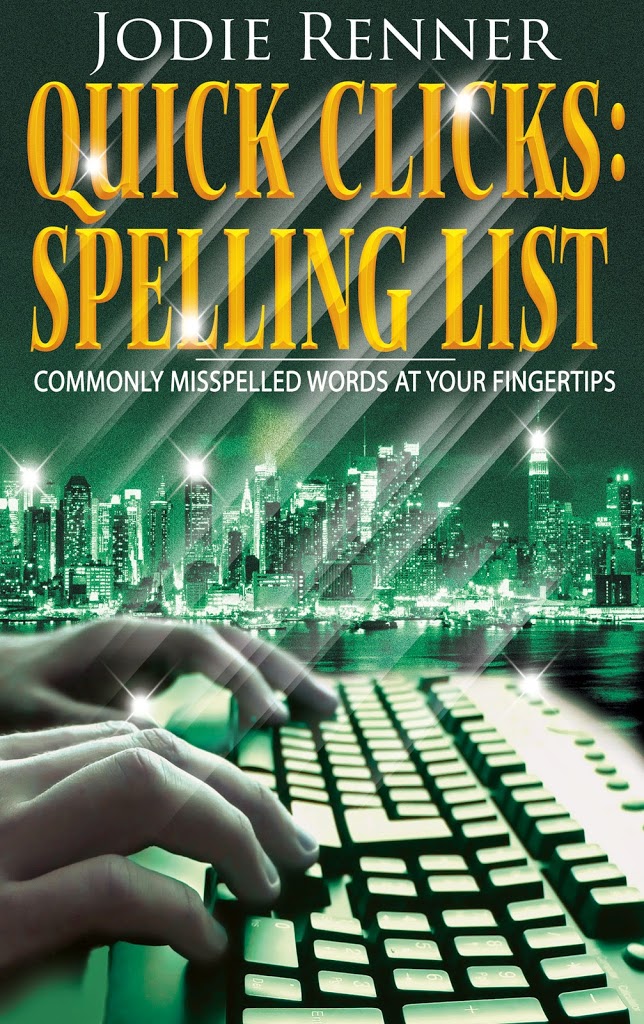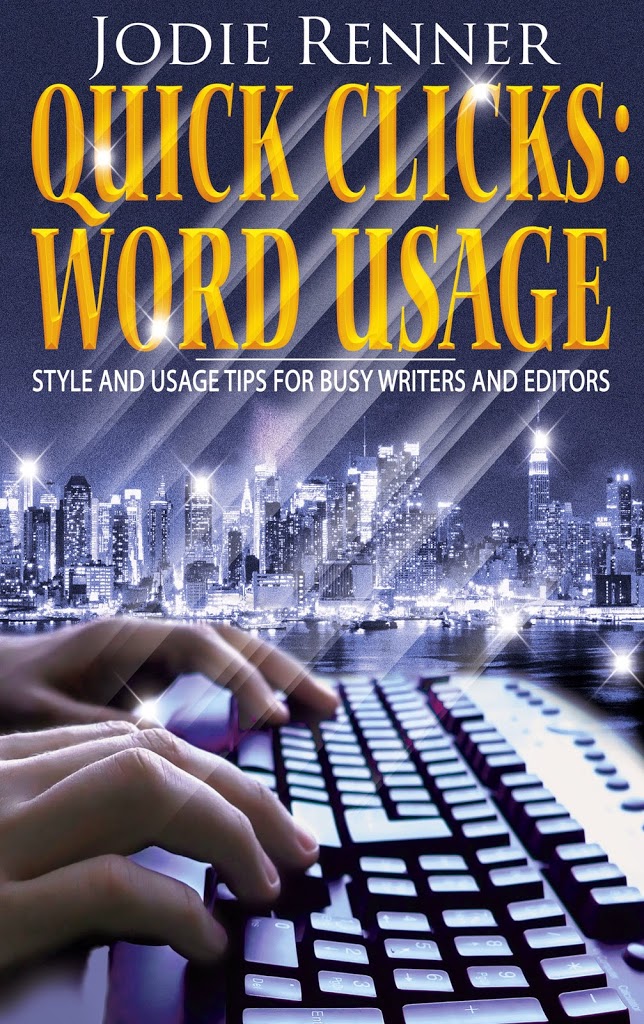by Jodie Renner, editor & author
@JodieRennerEd
(This is a quick fill-in post for P.J. Parrish, who’s been hit by a flu bug. Get well soon, Kris!)
First, what’s a scene?
Although most novels are divided up into chapters, the scene is the fundamental unit of fiction. Each scene is a mini-story, with a main character, a problem or challenge, and a beginning, middle, and end of its own. Every scene needs tension or conflict, and at the end of each scene, at least one of the main characters must have gone through some sort of change. Otherwise, the scene isn’t pulling its weight and needs to be revised or cut. Every scene needs a mission (goal), an obstacle, and an outcome (usually a disaster). For more on scenes, see Jodie’s article “Every Scene Needs Conflict and a Change.”
A modern novel normally has several dozen scenes. Each scene can range in length from a few paragraphs to a dozen pages or more. A chapter can contain one scene or several. Some authors like to use jump cuts, where they “cut away” in the middle of a scene to go to a different scene, then perhaps interrupt that one in the middle to go back to the first scene and resume where they left off. In this case, a scene can span several chapters, often with other scenes interspersed.
Using the Scene Outline:
The outline below will help you organize your scenes and decide if any of them need to be moved, revised, amped up, or cut.
This is a great tool for both plotters and pantsers. Plotters/outliners can use it to outline your scenes early on in the process, and those of you who prefer to just let the words flow and write “by the seat of your pants” can use it later, to make sure the timeline makes sense and that the scene has conflict/tension and a change.
Keep each scene description to a minimum. Don’t get carried away with too many details, or the task could become arduous. The most important thing is the POV (point of view) character’s goal for that scene, and what’s preventing him/her from reaching that goal, plus any new conflicts / problems / questions that arise.
And you can use a different font color or highlight color for each main character, for a quick reference on who was the POV character for each scene. Also, you can print it up and cut them out to rearrange the scenes, or use a writing software for that.
If in doubt as to who should be the viewpoint character for that scene, most often it’s your protagonist. The point of view character can also, less often, be your antagonist or another main character. Almost never a minor character. If you can’t decide who should be the POV character for a particular scene, go with the character who has the most invested emotionally or the most to lose.
SCENE OUTLINE FORM:
Date/Month/Season: Year (approx.):
POV character for this scene:
Other main characters here:
POV character’s goal here:
Motivation for their goal (why do they want that?):
Main problem / conflict – Who/What is preventing POV character from reaching his/her goal:
Outcome – Usually a setback / new problem:
(And/or new info, revelation, new question, or, rarely, the resolution of the problem):
Scene 2: Chapter: Place:
Date/Month/Season: Year (approx.):

POV character:
Other main characters:
POV character’s goal:
Motivation for their goal:
Main problem/conflict/question:
Outcome (most often a setback):
Scene 3: Chapter: Place:
Date/Month/Season: Year (approx.):
POV character:
POV character’s goal:
Motivation:
Main problem/conflict/question:
Outcome (most often a setback):
Scene 4:
Etc. Continue for as many scenes as you have.

Fiction writers – Do you have any tips to add to this scene outline?


